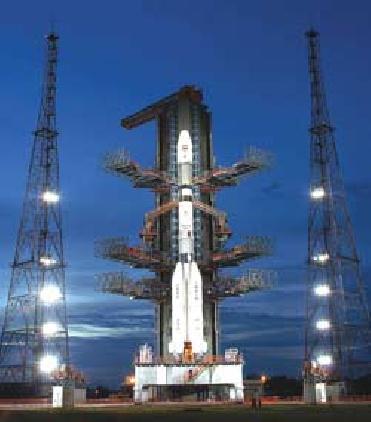
ISRO GSLV-2
BANGALORE (BNS): Indian scientists are developing semi-cryogenic propulsion technology using kerosene which will help the nation to launch at least six-tone class satellite.
Addressing the 23rd national convention of aerospace engineers here, ISRO chairman K Radhakrishnan said the semi-cryogenic technology is part of ISRO's efforts to cut down costs of space projects. "...the cost becomes far, far less (in semi-cryogenic technology using kerosene)," he said.
�The cryogenic technology uses liquid hydrogen and liquid oxygen, whereas in semi-cryogenic technology, instead of liquid hydrogen, pure kerosene (aviation-grade) is used,� a report by PTI quoting him said.
The technology would enable the home-built GSLV rocket to launch six-tone class satellites. Currently India's GSLV-Mk II has the capacity to launch only satellites weighing a maximum of 2.2 tones.
GSLV-D3 would use indigenous cryogenic engine and stage. Indian Space Research Organisation scientists have been working on the cryogenic engine project since 1996.
"It's a major milestone in the development of a sophisticated propulsion technology in the country," Radhakrishnan said, adding, development of Indian cryogenic engine and stage will make the country self dependent in the launch technology.
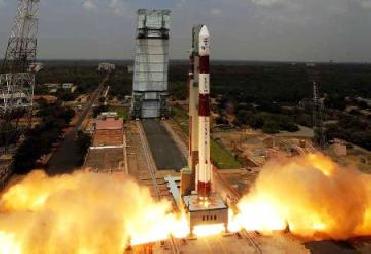 Previous Article
Previous Article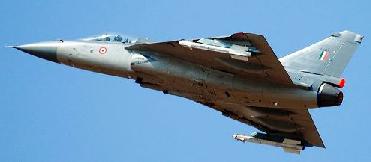 Next Article
Next Article

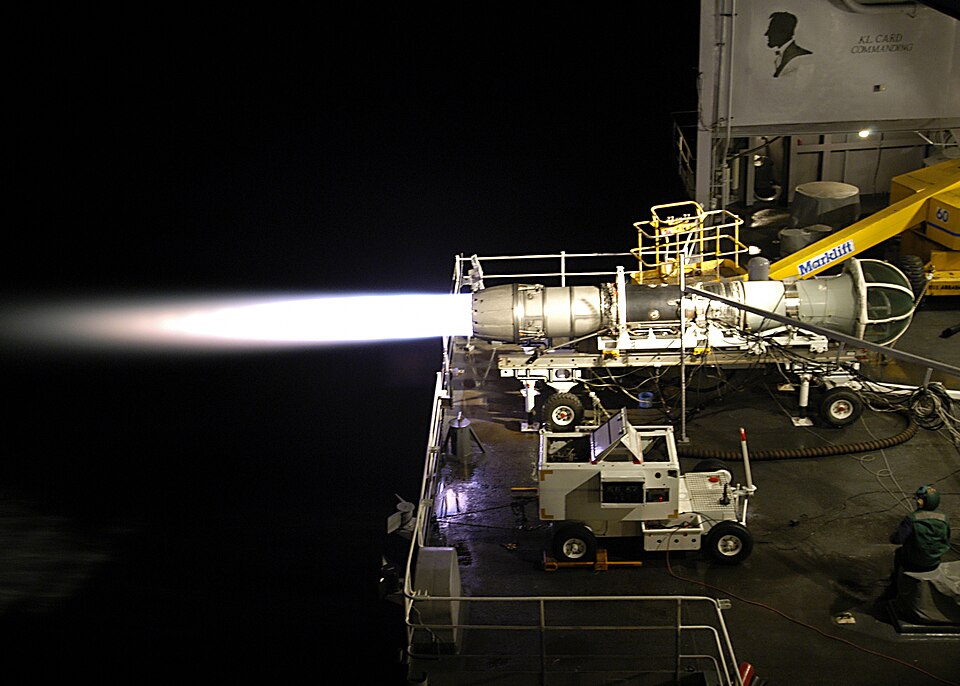
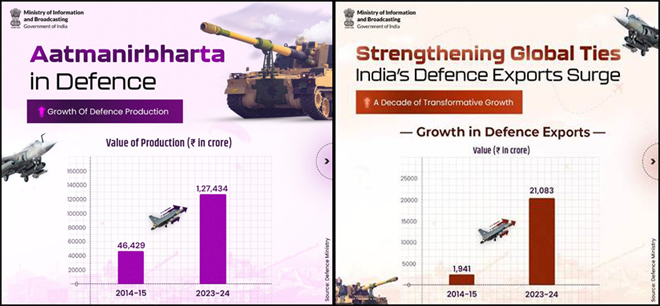










The Indian Air Force, in its flight trials evaluation report submitted before the Defence Ministry l..
view articleAn insight into the Medium Multi-Role Combat Aircraft competition...
view articleSky enthusiasts can now spot the International Space Station (ISS) commanded by Indian-American astr..
view article